1. High-density polyethylene (HDPE) resin: the core raw material for making HDPE pipe
The core raw material for making HDPE pipe is high-density polyethylene (HDPE) resin. This material is made by polymerizing ethylene monomers and has the following outstanding features:
High density: The density of HDPE ranges from 0.941 g/cm³ to 0.965 g/cm³, which makes it have high rigidity, strength and pressure resistance, and can meet the needs of complex pipe use.
Chemical resistance: HDPE pipe can resist the erosion of most acids, alkalis and chemicals, and is suitable for conveying chemical liquids or sewage.
High temperature resistance: Although HDPE has good low-temperature toughness, it can also maintain stable performance at high temperatures and is suitable for a wide temperature range.
UV resistance: HDPE material itself has strong UV resistance and is suitable for long-term outdoor use.
Main features
HDPE is a highly crystalline, non-polar thermoplastic resin. The appearance of the original HDPE is milky white, and it is translucent to a certain extent in thin sections. PE has excellent resistance to most domestic and industrial chemicals. Certain types of chemicals can cause chemical corrosion, such as corrosive oxidizers (concentrated nitric acid), aromatic hydrocarbons (xylene) and halogenated hydrocarbons (carbon tetrachloride). The polymer is non-hygroscopic and has good water vapor resistance and can be used for packaging purposes. HDPE has good electrical properties, especially high dielectric strength of insulation, making it very suitable for wires and cables. Medium to high molecular weight grades have excellent impact resistance, both at room temperature and even at low temperatures of -40F. The unique properties of various grades of HDPE are the appropriate combination of four basic variables: density, molecular weight, molecular weight distribution and additives. Different catalysts are used to produce customized special performance polymers. These variables are combined to produce HDPE grades for different uses; achieving the best balance in performance.
Density
This is the main variable that determines the properties of HDPE, although the four variables mentioned do interact with each other. Ethylene is the main raw material for polyethylene. A few other comonomers, such as 1-butene, 1-hexene or 1-octene, are also often used to improve the properties of the polymer. For HDPE, the content of these few monomers generally does not exceed 1%-2%. The addition of comonomers slightly reduces the crystallinity of the polymer. This change is generally measured by density, which has a linear relationship with crystallinity. The general classification in the United States is specified by ASTM D1248, and the density of HDPE is above 0.940g/cc; the density of medium-density polyethylene (MDPE) ranges from 0.926 to 0.940g/cc. Other classifications sometimes classify MDPE as HDPE or LLDPE. Homopolymers have the highest density, the greatest stiffness, good permeability resistance and the highest melting point, but generally have poor environmental stress cracking resistance (ESCR). ESCR is the ability of PE to resist cracking caused by mechanical or chemical stress. Higher density generally improves mechanical properties, such as tensile strength, stiffness and hardness; thermal properties such as softening point temperature and heat deformation temperature; and permeability, such as air permeability or water vapor permeability. Lower density improves its impact strength and E-SCR. Polymer density is mainly affected by the addition of comonomers, but also to a lesser extent by molecular weight. High molecular weight percentages slightly reduce density. For example, homopolymers have different densities over a wide molecular weight range.
2. Additives: Improve the performance of high-density polyethylene pipes
The addition of antioxidants prevents polymer degradation during processing and prevents oxidation of the finished product during use. Antistatic additives are used in many packaging grades to reduce the adhesion of dust and dirt to bottles or packaging. Specific uses require special additive formulations, such as copper inhibitors associated with wire and cable applications. Excellent weather resistance and UV (or sunlight) resistance can be achieved by adding UV-resistant additives. PE without added UV resistance or carbon black is not recommended for continuous outdoor use. High-grade carbon black pigments provide excellent UV resistance and can often be used outdoors, such as wires, cables, tank layers or pipes.
In order to improve the overall performance of HDPE pipes, a variety of auxiliary materials and additives are usually added during the manufacturing process, including:
Antioxidants: used to prevent oxidative degradation of HDPE due to high temperatures during processing, ensuring the stability and durability of the pipe.
UV absorbers: Especially for HDPE pipes used outdoors, adding UV stabilizers (such as carbon black) can effectively extend the service life of the pipe and avoid aging caused by ultraviolet rays.
Masterbatch: Provides different colors (such as black, blue, etc.) for HDPE pipes and also has identification functions. For example, blue usually indicates water supply pipes, and black is often used for sewage or other industrial pipes.
Processing aids: Such as lubricants, which can improve the processing performance of HDPE pipes and ensure good fluidity during processing.
The rational use of these additives can greatly enhance the performance of HDPE pipes and make them adaptable to more application environments and harsh conditions.
Processing methods
PE can be manufactured using a wide range of different processing methods. With ethylene as the main raw material, propylene, 1-butene and hexene as copolymers, slurry polymerization or gas phase polymerization process is adopted under the action of catalyst. The obtained polymer is flashed, separated, dried, granulated and other processes to obtain a finished product with uniform particles. Including such as sheet extrusion, film extrusion, pipe or profile extrusion, blow molding, injection molding and rotational molding. HDPE is suitable for various molding processes of thermoplastic molding, and has good molding processability, such as injection molding, extrusion, blow molding, rotational molding, coating, foaming process, thermoforming, heat sealing welding, heat welding, etc.
Extrusion
The grades used for extrusion production generally have a melt index of less than 1 and a medium to wide MWD. During the processing, low MI can obtain suitable melt strength. Wider MWD grades are more suitable for extrusion because they have higher production speeds, lower die pressures and reduced melt fracture tendency.
PE has many extrusion uses, such as wires, cables, hoses, pipes and profiles. Pipe applications range from small-section yellow pipe for natural gas to 48-in. diameter thick-walled black pipe for industrial and municipal pipelines. Large-diameter hollow-wall pipe is growing rapidly as a replacement for concrete storm drains and other sewer lines.
Sheet and Thermoforming
The thermoformed linings of many large picnic-type coolers are made of PE, which is tough, lightweight and durable. Other sheet and thermoformed products include fenders, tank liners, pan shields, shipping boxes and cans. A large and growing sheet application is ground film or pool lining, which is based on the toughness, chemical resistance and impermeability of MDPE.
Blow Molding
More than 1/3 of HDPE sold in the United States is used for blow molding purposes. These range from bottles for bleach, motor oil, detergent, milk and distilled water to large refrigerators, automobile fuel tanks and canisters. The properties of blow molding grades, such as melt strength, ES-CR and toughness, are similar to those used for sheet and thermoforming applications, so similar grades can be used.
Injection-blow molding is commonly used to make smaller containers (less than 16oz) for packaging pharmaceuticals, shampoos, and cosmetics. One advantage of this process is that the bottles are automatically deburred, eliminating the need for post-processing trimming steps as in conventional blow molding. Medium- to wide-MWD grades are generally used, although some narrow MWD grades are available for improved surface finish.
Rotational molding
Materials for this process are generally pulverized into powders that melt and flow during thermal cycles. Two types of PE are used for rotational molding: general-purpose and cross-linkable. General-purpose MDPE/HDPE typically has a density range of 0.935 to 0.945g/CC and has a narrow MWD, giving the product high impact and minimal warpage, with a melt index range of 3-8. Higher MI grades are generally not suitable because they do not have the impact and environmental stress cracking resistance desired for rotational molded products.
Film
PE film processing is generally done using conventional blown film processing or flat extrusion. Most PE is used for film, general low-density PE (LDPE) or linear low-density PE (LLDPE) can be used. HDPE film grade is generally used in places requiring superior stretchability and excellent impermeability. For example, HDPE film is often used for commodity bags, grocery bags and food packaging.
Main uses
1 Injection molding products: turnover boxes, bottle caps, barrels, caps, food containers, trays, trash cans, boxes, and plastic flowers
2 Blow molding products: hollow molding products, such as various series of blow molding barrels, containers, bottles, detergents, chemicals, cosmetics, etc., gasoline tanks, daily necessities, etc. There are also blown film products such as food packaging bags, sundry shopping bags, fertilizer lining films, etc.
3 Extrusion products: pipes and pipe fittings are mainly used in gas transportation, public water and chemical transportation, such as building materials drainage pipes, gas pipes, hot water pipes, etc.: sheets are mainly used for seats, suitcases, handling containers, etc.
4 Rotational molding: injection molding products such as large containers, storage tanks, barrels, boxes, etc.
5. Polyethylene can be processed into films, wire and cable sheaths, pipes, various hollow products, injection molded products, fibers, etc. It is widely used in agriculture, packaging, electronics and electrical, machinery, automobiles, daily necessities, etc.
High-density polyethylene pipes have become an indispensable choice in modern pipeline systems due to their unique advantages, such as corrosion resistance, high pressure resistance and long service life. By reasonably selecting suitable HDPE resins and additives, manufacturers can produce high-density polyethylene pipes that meet different needs, which are widely used in water supply, drainage, agricultural irrigation, oil and gas transportation and other fields.
700.webp)
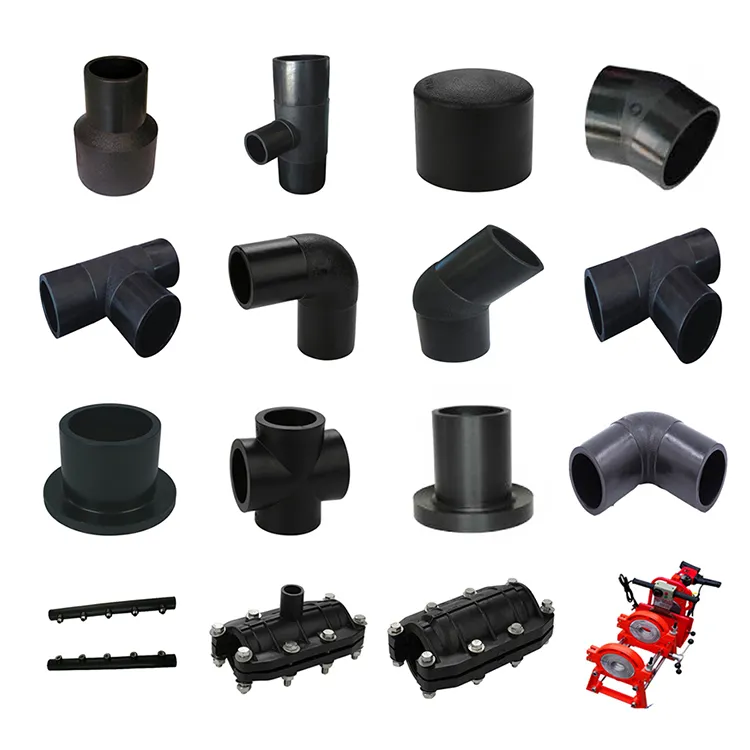
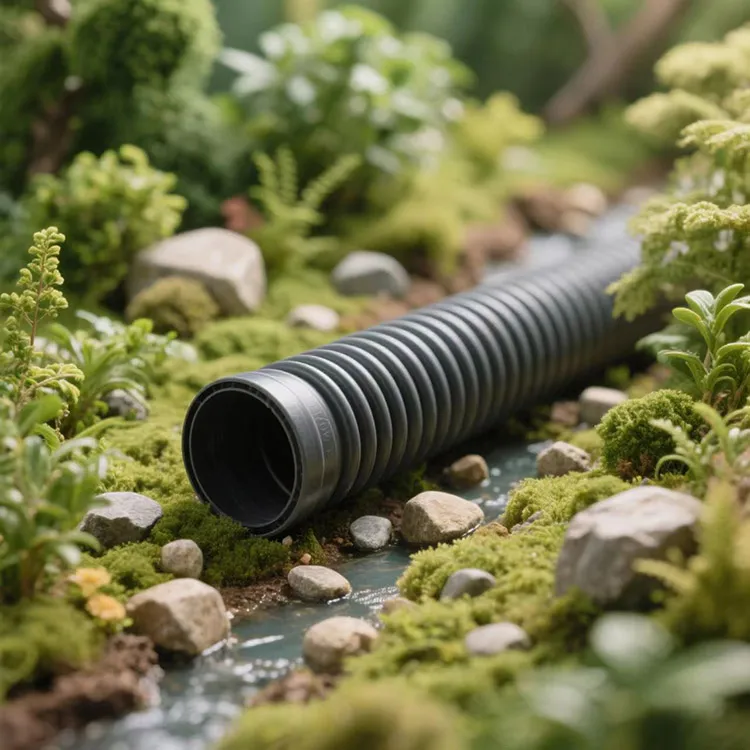
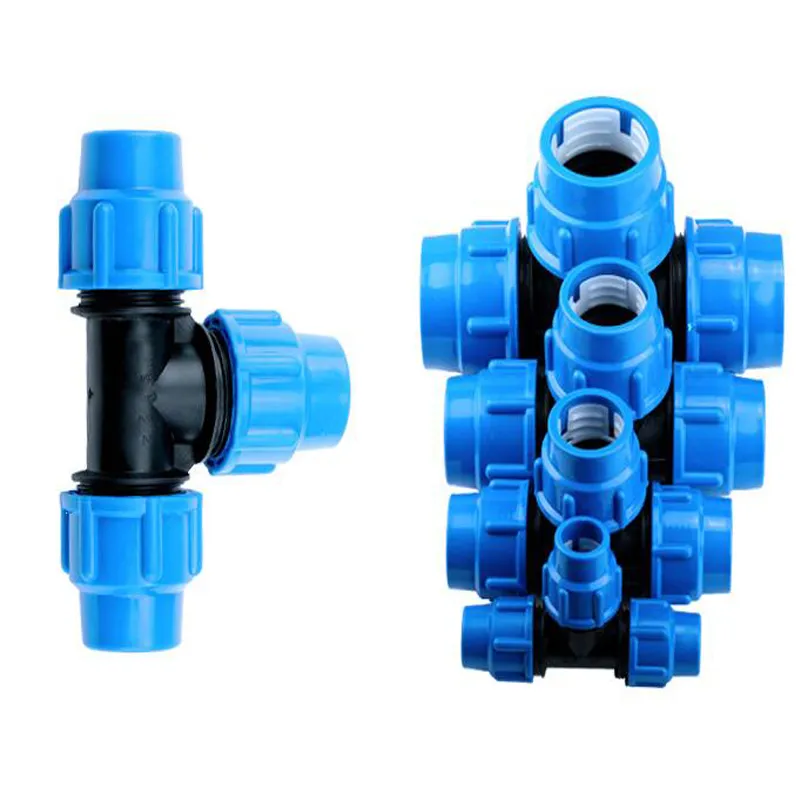
402.webp)
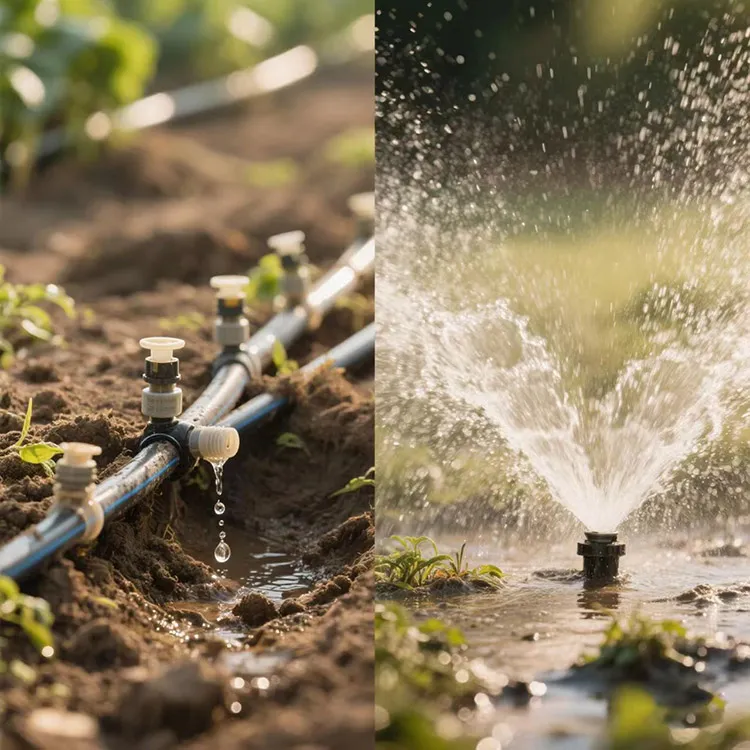
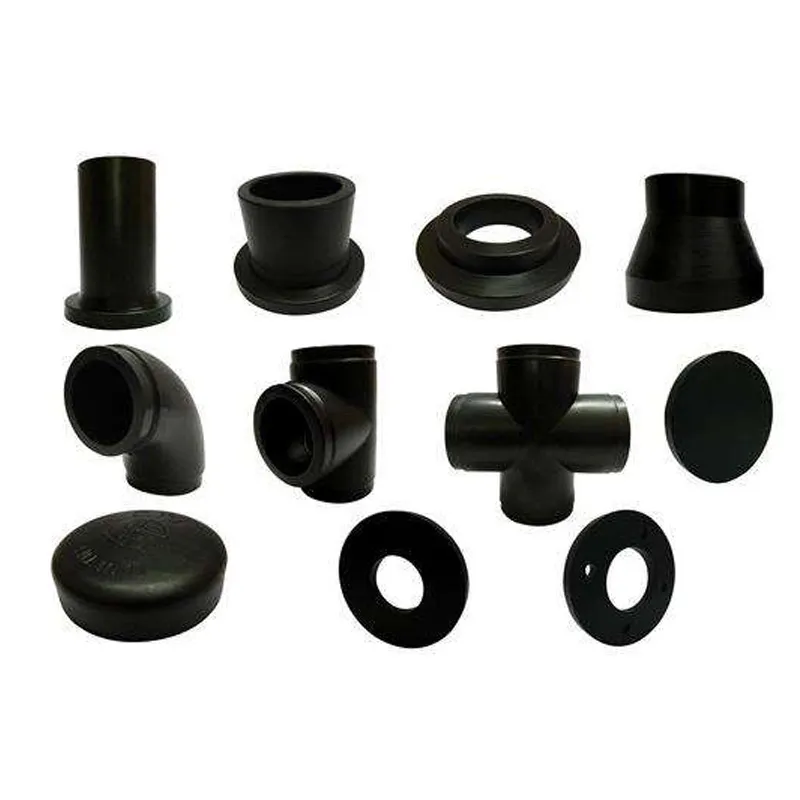
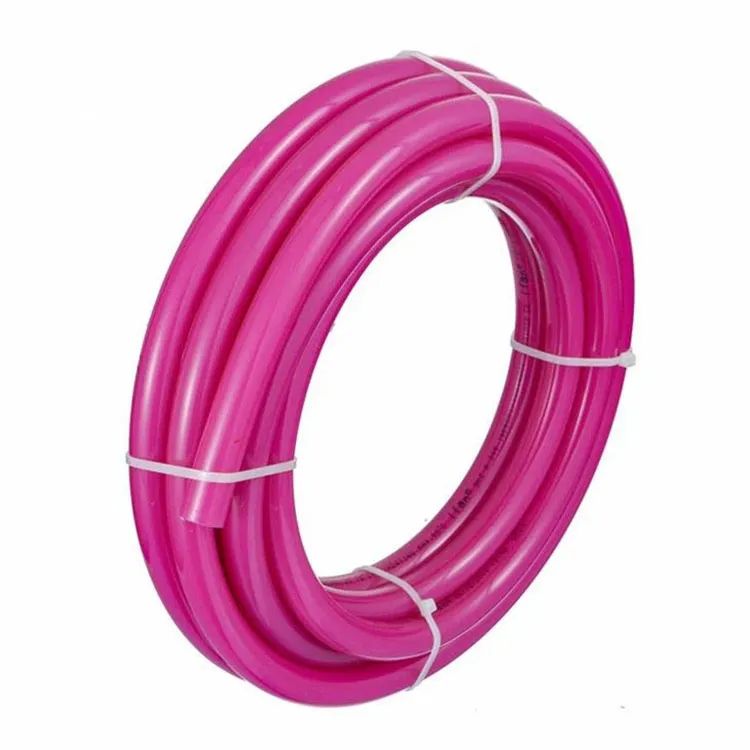
294.webp)
476.webp)
420.webp)
146.webp)
460.webp)
287.webp)
274.webp)


